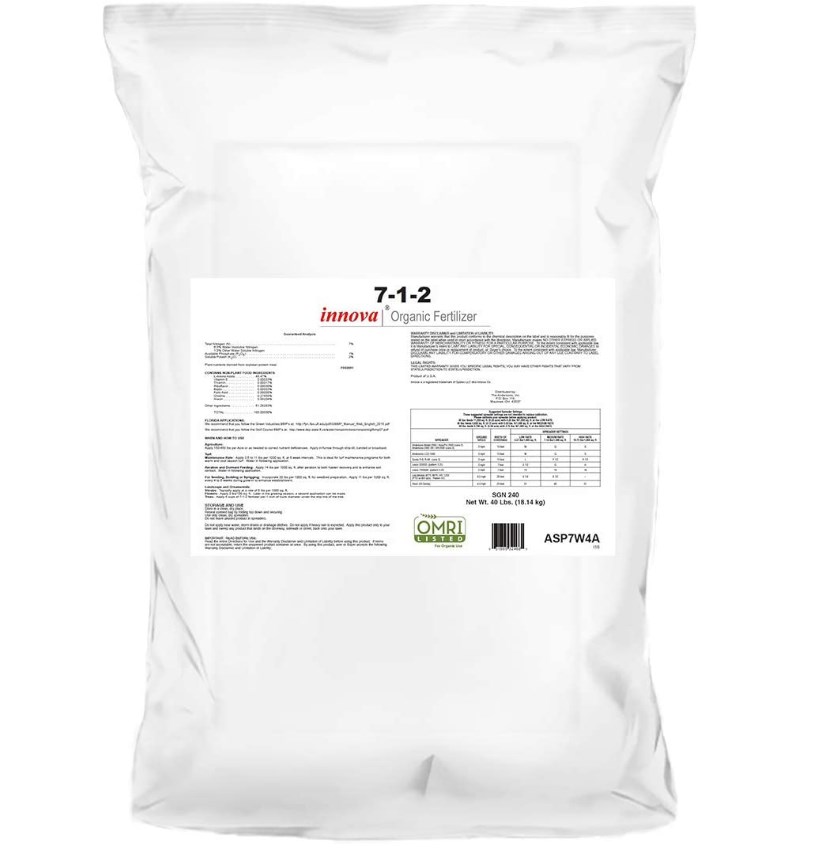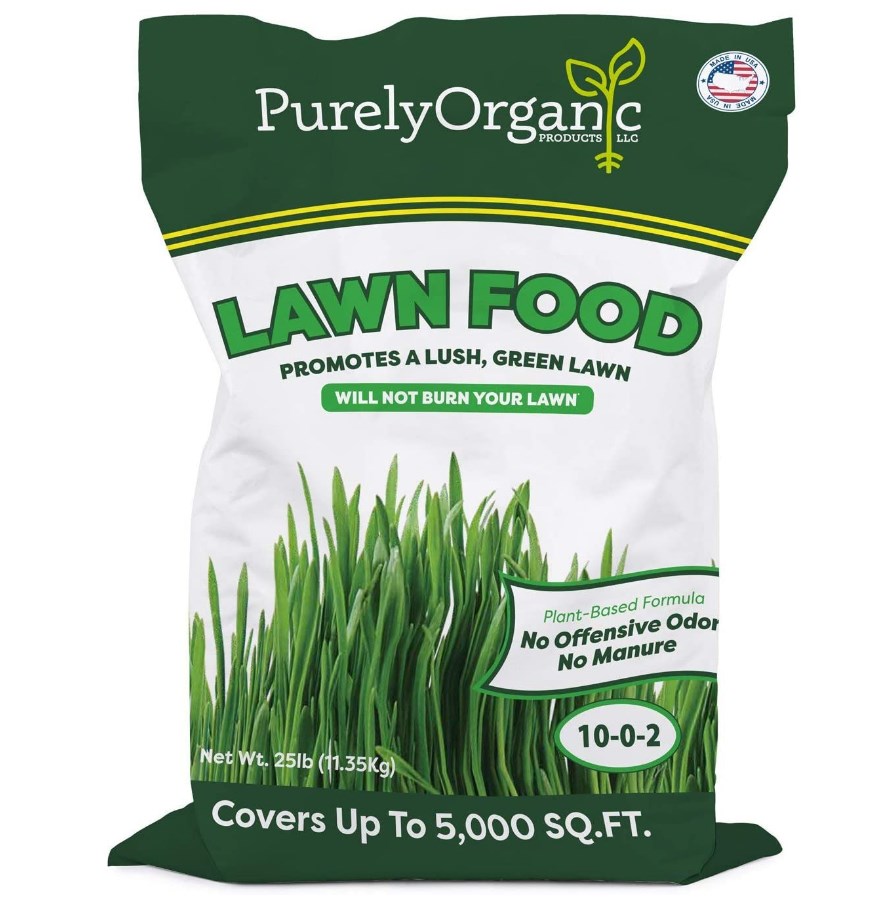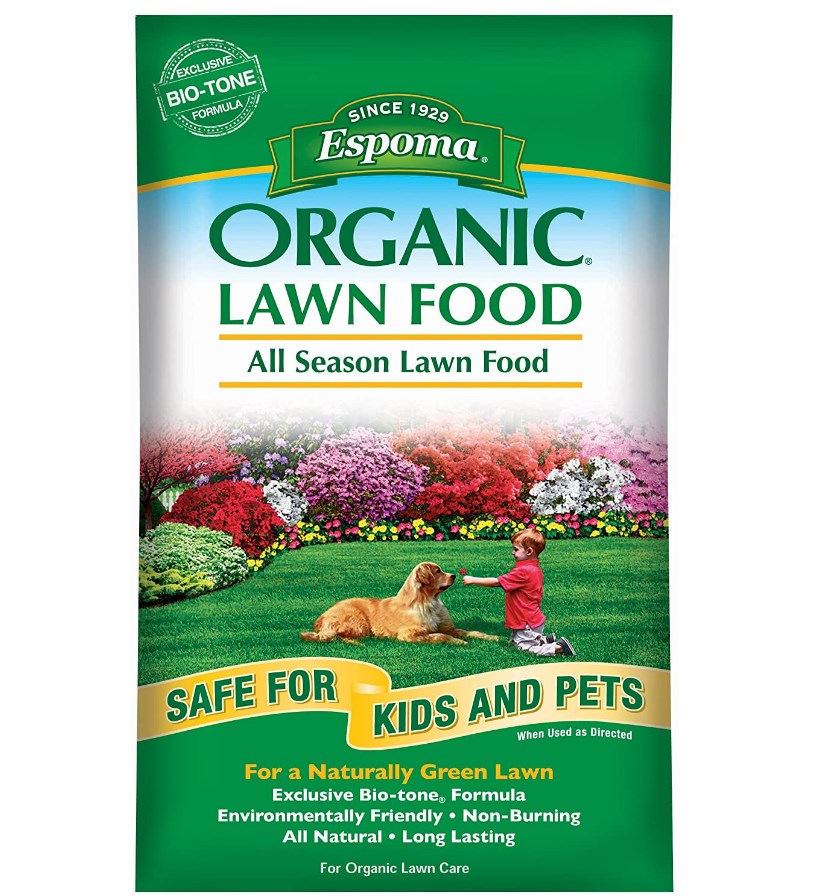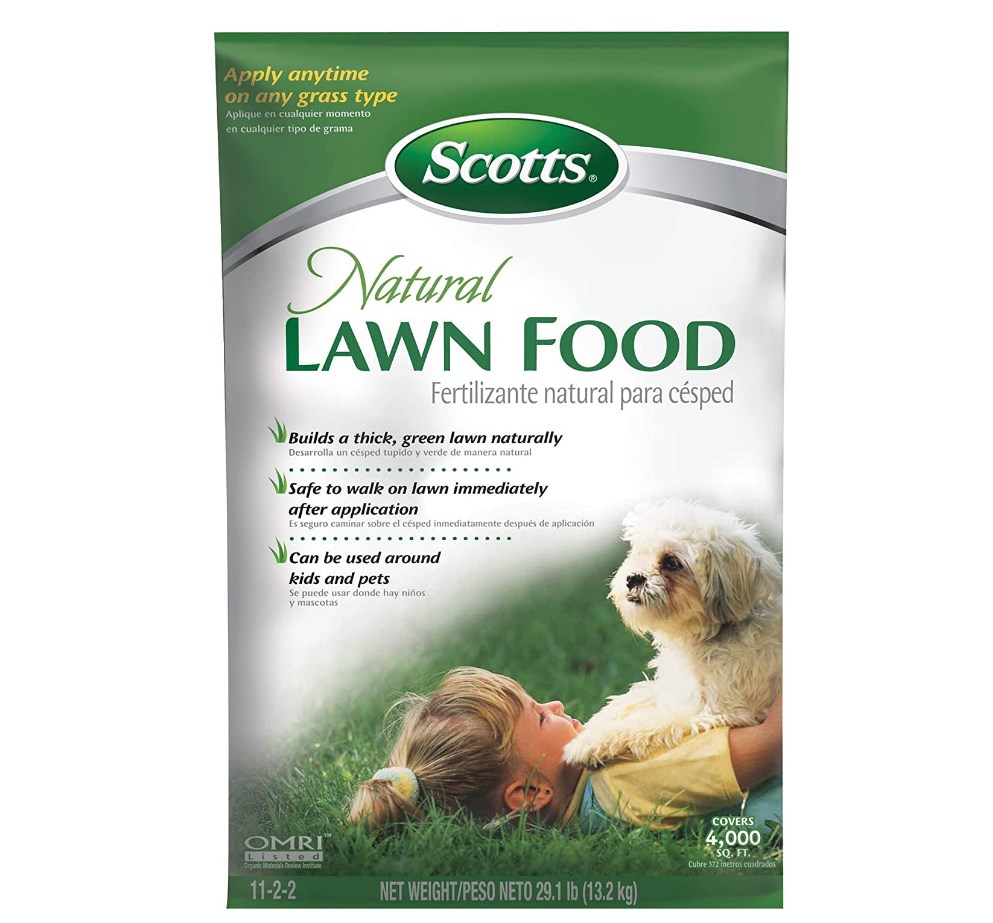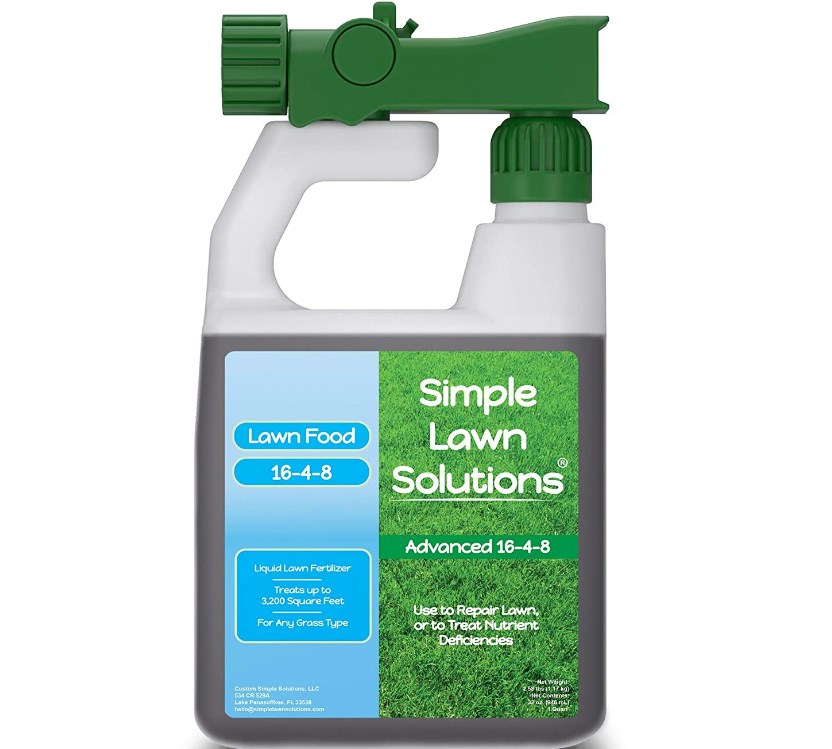- Best Cultivator Attachments Guide - December 23, 2021
- How to Find the Best Leaf Blower Attachment - December 23, 2021
- Best 21 Inch Lawn Mower Blade Options - December 18, 2021
There are lots of options to consider when it comes to lawn fertilizer, and today we’ll be comparing Ringer Lawn Restore vs Milorganite. Two relatively well-known fertilizers to determine the best choice for your lawn!
We will explore their features and how different they are from one another, including their pros and cons. We will also look at a few alternatives in case neither Ringer Lawn Restore nor Milorganite are suitable for your lawn.
Bottom Line Up Front Summary: I am particularly interested in Ringer Lawn Restore here (Amazon) because of its long-lasting effect on the lawn The slow-release formula (6 weeks of positive effect) is likely best suited for home owners who don’t have the time to spread Milorganite ever 2-3 weeks. That said, Milorganite is often considerably cheaper (Amazon / Home Depot), so can be more affordable in the short term.
Let’s begin by looking into the distinct differences between Ringer Lawn Restore and Milorganite.
Main Differences Between Ringer Lawn Restore vs Milorganite
The main differences between Ringer Lawn Restore vs Milorganite are:
- Milorganite contains iron responsible for the greening of turf, whereas Ringer Lawn Restore doesn’t.
- Milorganite is granular, whereas Ringer Lawn Restore has a flake-like appearance.
- Milorganite has a farm-yard smell to it, whereas Ringer Lawn Restore smells like baby formula.
- Milorganite keeps its farm-yard smell for a few more days before the smell wears off, whereas Ringer Lawn Restore loses its smell rapidly once you lay it down and water the lawn.
- Milorganite fades 2-weeks later, whereas Ringer Lawn Restore lasts up to 6 weeks before fading.
- Milogranite is more affordable, whereas Ringer Lawn Restore is the more expensive variant.
Exploring Ringer Lawn Restore and Milorganite features
Let’s look into the details of how Ringer Lawn Restore and Milorganite works!
Better Lawn Greening
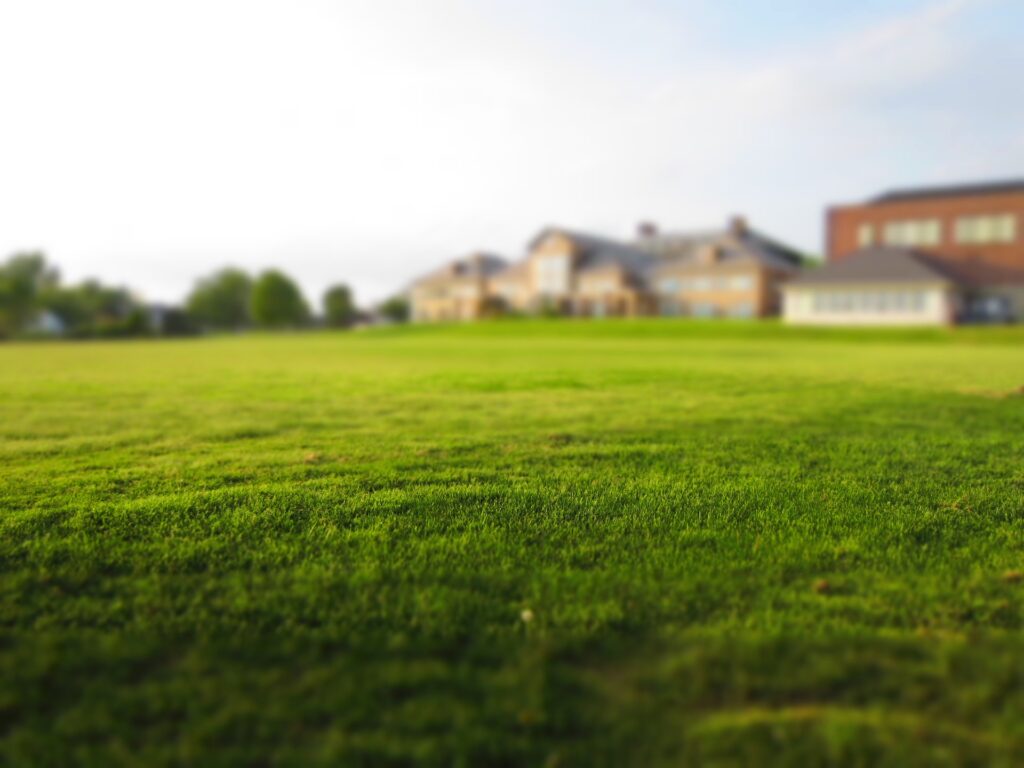
Green is a deciding factor on whether your lawn looks healthy or urgently needs sprucing up. While Milorganite has an iron component that makes it the first choice for quick lawn greening, Lawn Restore equally delivers on the greening effect with the advantage that its greening effect lasts longer.
Quicker Turnaround
The first two weeks after the first application, both Ringer Lawn Restore and Milorganite will achieve little to no change on the lawn. Weather differences like heat and water can further delay this time frame depending on location.
A faster result of about 2-3 days will be noticed on the second application. This can be explained by the presence of the initial feed, which is still actively decomposing—high heat and water speed up the breakdown of the fertilizer into nutrients for the turf.
Both fertilizers score at per in terms of result expectancy period.
Odor intensity
All fertilizers have a distinct smell that identifies them. While most people have no qualm with smell, others have a low tolerance for pungent scents.
Right after application, Ringer Lawn Restores’ cereal-like dry flakes contain a smell similar to baby formula. This, however, disappears after you properly water your lawn.
In contrast, Milorganite contains traces of manure granules which gives off a subtle farmyard smell. The difference between these two fertilizers is that Milorganite retains its yard smell for a couple of days, even after watering your lawn.
Long-Lasting Application
Both Ringer Lawn Restore and Milorganite promise to last for 2 months after application. However, neither of the two held on to their promise.
Milorganite takes two weeks before you can see any effects and another two weeks when its lush green looks are optimum, followed by a quick fade out. To maintain the lush look, you need to lay down another spread of fertilizer and repeat the cycle.
Meanwhile, Ringer Lawn Restore takes 2 weeks before the initial result kicks in. Unlike Milorganite, the lush green look carries on for the next 6 weeks before fading out. If you immediately spread another layer of Lawn restore, you will benefit from its slow-releasing feature!
Pros and Cons Ringer Lawn Restore vs Milorganite
Ringer Lawn Restore Pros
- Last longer after the first 2 weeks of application
- It offers a long-lasting greening effect
- Its smell washes away after laying and watering
- Is cost-effective
- Slow-release nutrients into the soil
- The smell is not repulsive
Ringer Lawn Restore Cons
- Lacks Iron
- It takes longer for the greening to occur
Milorganite Pros
- It contains iron, a component useful in giving lawns its greening effect.
- Prevents leaching in sandy soil.
- Slow-release nutrients into the soil
- Low in salt, so it never burns your lawn
Milorganite Cons
- Requires frequent top-up to maintain its greening every 2 weeks.
- The Greening effect does not last long after application.
- Expensive
- Has a farm-yard scent that stays longer after watering and worsens during hot weather.
Other Alternatives to Ringer Lawn Restore or Milorganite
The Andersons 7-1-2 Innova Organic Fertilizer
If you are unable to lay your hands on Milorganite, consider using The Andersons 7-1-2 Innova Organic Fertilizer.
One outstanding feature of The Andersons 7-1-2 Innova Organic Fertilizer is its ability to slow-release nutrients to your lawn without burning the turf. You can be assured that your lawn will look lush, benefiting from small doses of nitrogen, potassium, phosphorus, and amino acids over an extended period.
The fertilizer is purely made from plants, so you can rest easy about finding unwanted animal parts or feces. Of course, most lawn owners want to be assured that the fertilizer they are using is safe for pets and children, and The Andersons 7-1-2 Innova Organic Fertilizer can be trusted in that respect.
Lastly, the NPK ratio of 7-1-2 is ideal for your lawn to maintain its high quality. Take note however that this fertilizer lacks iron.
Purely Organic Lawn Food
From its name, Purely Organic Lawn Food contains nothing else other than a plant-derived product like soy. With a formulation of a 10-0-2 NPK ratio, this lawn food lacks potassium but the abundant nitrogen ratio will keep your lawn going.
Purely Organic Lawn Food does not contain iron predominantly present in Milorganite. Therefore, you need to add iron-based fertilizer like Ironite if you are after an instant green lush, though the Lawn Food will slowly release nitrogen to help form strong turf and a deep rooting system that will result in a long-lasting green cover.
Also, take care to properly water your lawn right after application because 7% of it is soluble nitrogen. Otherwise, the product may fail to reach its full potential.
Espoma EOLF28 Organic All Season Lawn Food
This fertilizer is Nitrogen-rich with a formulation ratio of 9-0-0. It contains iron, responsible for the rich green and thick lush you are looking for.
Espoma EOLF28 Organic All Season Lawn Food is made from iron oxide, elements of Sulphur, and poultry waste making it a slow-releasing fertilizer to feed your lawn throughout the year. Remember to water it well once you lay it down because it has a high level of insoluble content.
You can be assured that this fertilizer won’t burn your lawn no matter the season you put it down. This is a great option if you have a lawn whose soil test indicated a need for nitrogen treatment.
Scotts 47503 Lawn Food
If the content of your fertilizer is not an immediate concern and you still want to have a Milorganite alternative, Scotts 47503 Lawn Food will be a great option.
This fertilizer is bursting with meat, blood, feather, and bone meal, not to mention the presence of sulfate of potash. Despite this, after application and watering, the lawn will be safe enough for both children and pets to play and roll in.
Scotts 47503 Lawn Food has a high nitrogen ratio in the 11-2-2 NPK formulation, which helps to grow a lush, healthy, and green-looking lawn.
This fertilizer contains traces of pesticides on the loop side, so you want to take great caution when using it. Even though listed as safe, dogs are likely to eat it, so try using it once your pets cannot access your lawn.
Superior Nitrogen & Potash 15-0-15 NPK– Lawn Food Natural Liquid Fertilizer
This fertilizer lacks phosphorus and is ideal for lawns that have been tested with enough phosphorus and need only Nitrogen and Potassium. It also contains fulvic acid and humic, which are great soil conditioners.
Once you put it down, Superior Nitrogen & Potash 15-0-15 NPK- Lawn Food Natural Liquid Fertilizer quickly greens your lawn faster as it does not slow-release. Of course, that means that you must be cautious about your application not to overspread.
The liquid fertilizer is handy as it blends well with many grass types, from Zoysias, Bermuda, and even St. Augustine grass.
Frequently Asked Questions
Answer: While it’s a fact that any chemical is dangerous to the environment, both Ringer Lawn Restore and Milorganite are organic, and will slowly release nutrients to your lawn without harming it because both are organic-based.
Answer: The choice of fertilizer type is a personal decision. Organic fertilizer enhances the natural balance of your lawn by feeding the soil to promote the survival of microbes.
This breaks down matter which feeds your turf naturally, whereas using synthetic fertilizer kills all microbes, takes away from the soil, and leaves your lawn dependent on the fertilizer. Failure to replenish the synthetic fertilizer can burn your lawn and change the soil pH level.
Answer: The NPK ratio is the ratio of Nitrogen to Phosphorus to Potassium within your fertilizer. The ratio, therefore, helps determine if the fertilizer is correct for your soil type, the frequency of application you ought to apply, and the type of grass you’ve grown.
Most lawns will require more nitrogen and it’s advisable to use a slow-releasing fertilizer to prevent burning your lawn.
Conclusion – Which Fertilizer is Better?
Despite their similarity in nature and turnaround from the application date, Ringer Lawn Restore and Milorganite have a number of differences that will determine your choice.
Ringer Lawn Restore and Milorganite are both organic fertilizers that feed the soil with nutrients that encourage the growth of microbes. Of course, they then break down organic matter to feed your grass, giving you a stronger, hardy, and green lawn.
This is the main benefit that both fertilizers give to the soil, unlike their synthetic counterparts. Instead of making your soil dependent on synthetic fertilizer, which feeds the grass by deriving nutrients from the soil, Ringer Lawn Restore and Milorganite both replenish the soil to self-sustain on a long-term basis.
Before choosing either of the two, it’s prudent to undertake a soil test to determine your soil needs. Once that is out of the way, you can choose your fertilizer depending on the cost and space you intend to cover.
Bottom Line Summary: I am particularly interested in Ringer Lawn Restore here (Amazon) because of its long-lasting effect on the lawn The slow-release formula (6 weeks of positive effect) is likely best suited for home owners who don’t have the time to spread Milorganite ever 2-3 weeks. That said, Milorganite is often considerably cheaper (Amazon / Home Depot), so can be more affordable in the short term.
We’d love to read your thoughts about this article in the comments section below.
Further Reading on Lawn Care & Lawn Fertilizer:


